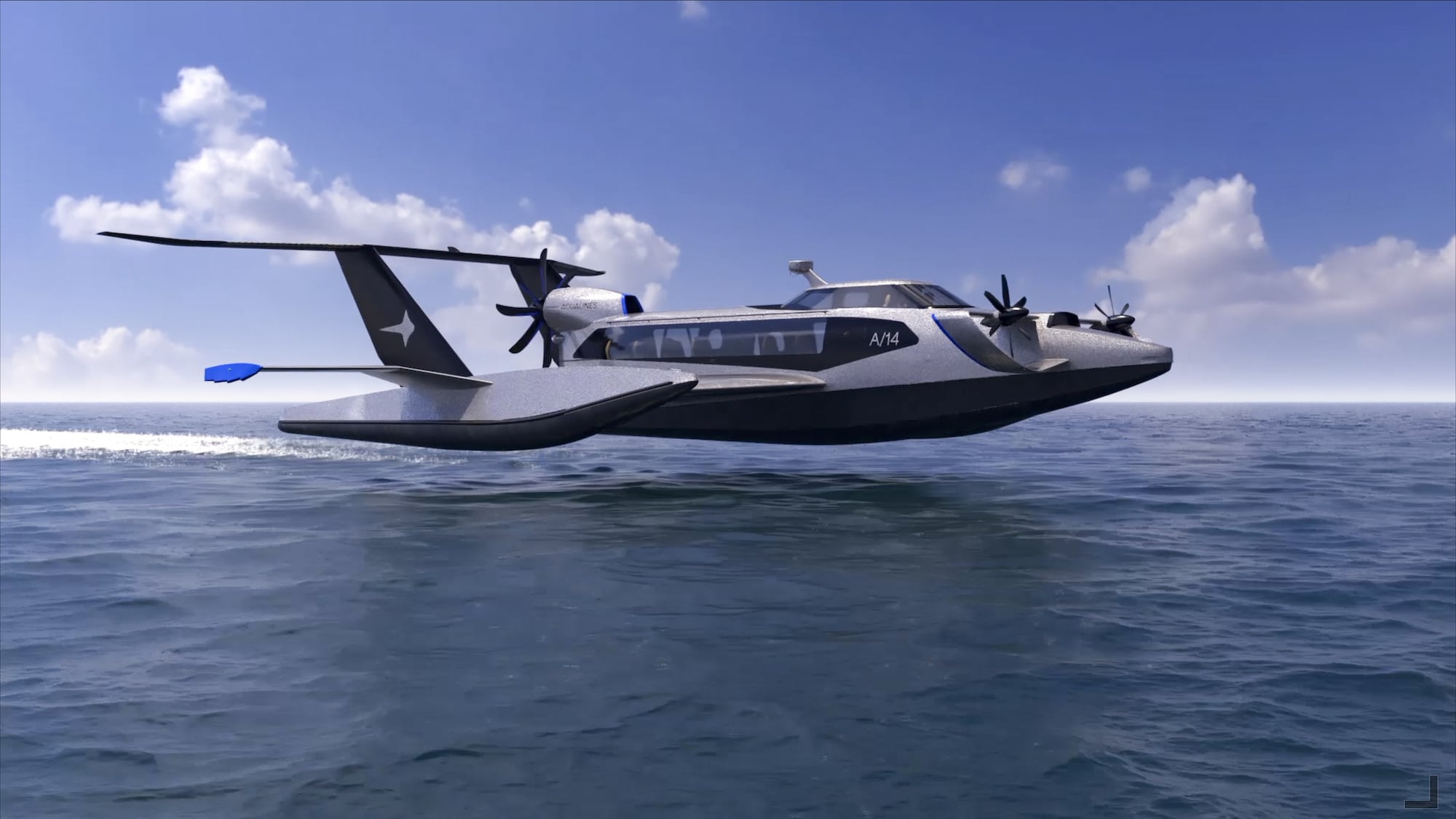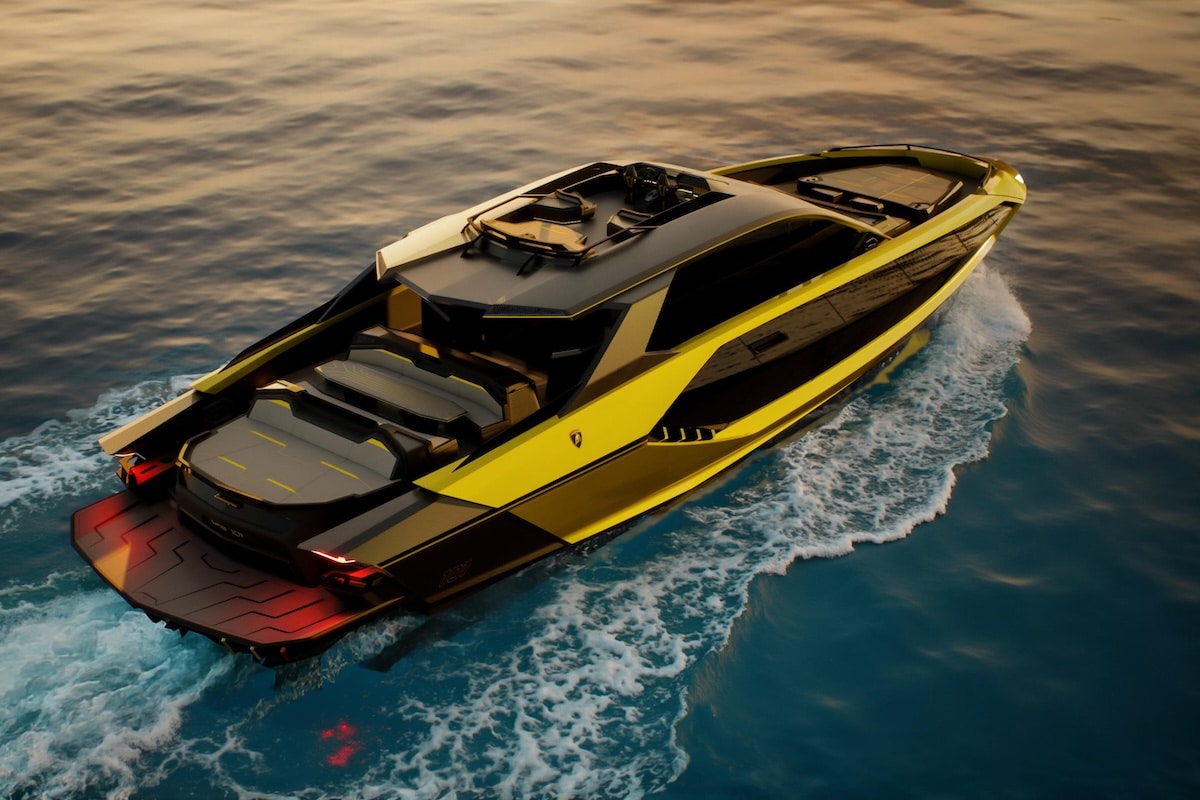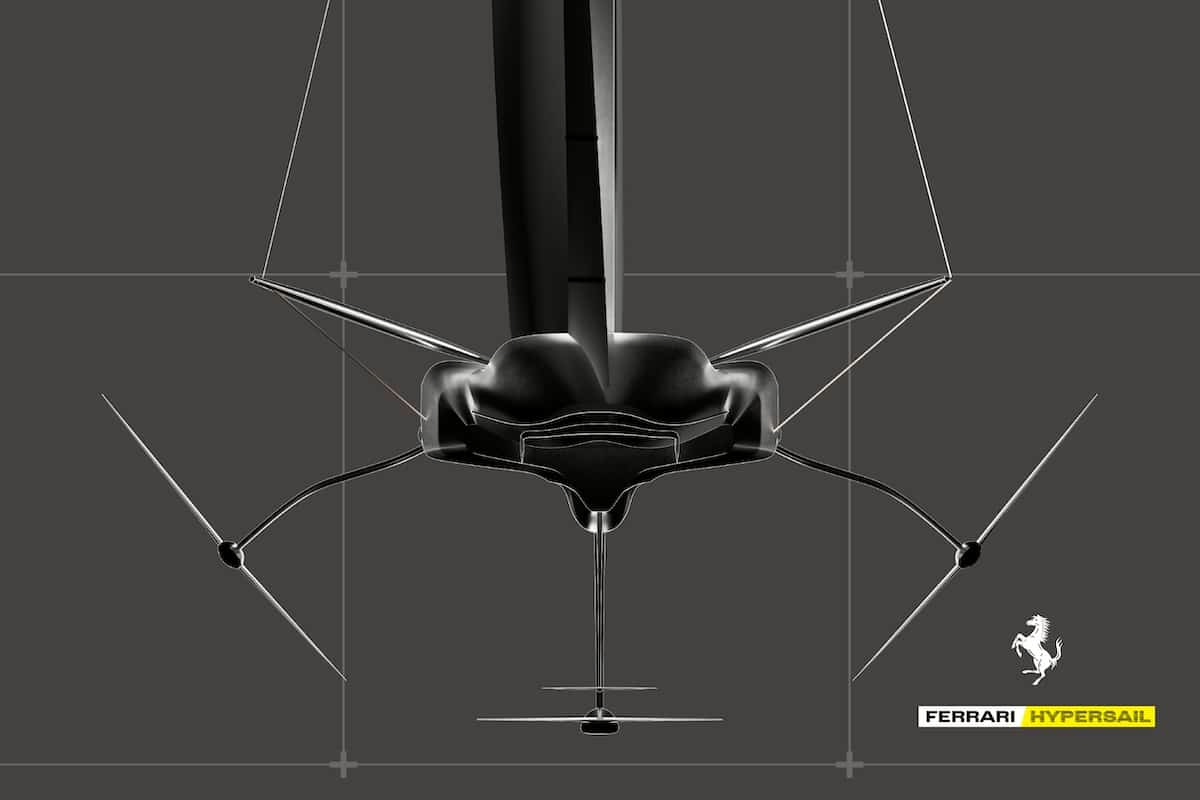Alpine F1 Team Develops Flying Boat! (Video)

The LAB department of Alpine F1 and the French start-up Aqualines are developing a new ultra-fast maritime transportation method, the Naviplanes.
Since budget constraints in Formula 1, teams must diversify to keep their engineers occupied, or otherwise they risk having to part ways and weakening themselves. Alpine F1 Team established a new department for external clients in the fields of sustainable mobility, advanced robotics, sports, and health. Named the Alpine R&D Lab, it was founded in 2022 and is now presenting its first application.
For the Aqualines project, the expertise of the team based in Enstone (England) was primarily utilized: “The engineering spheres are ultimately quite close and conducive to interactions. That’s what makes our intervention so relevant. The Aqualines vehicle operates very close to the water’s surface, similar to Formula 1 cars that run close to the ground. The wind tunnel techniques needed to conduct such tests properly are very similar in both cases. Only F1 technology can provide this level of understanding and knowledge to accurately simulate vehicles so close to a surface. This was fundamental to this cooperation,” explains Bob Bell, new strategic advisor for this R&D Lab.
This collaboration has developed in several phases, says Bob Bell: “The schedule was quite tight compared to standard commercial project timelines, but much less so than the time constraints of a Formula 1 team! That’s also why they came to us: we can offer a very quick and agile response. The first step in this project was to design the wind tunnel model based on Aqualines’ design. We then manufactured and tested it in our wind tunnel according to Aqualines’ requests.”
While Formula 1 cars exploit ground effect to generate downforce that keeps the car glued to the ground, the “Naviplanes” designed by Aqualines use ground effect to generate lift that allows them to fly above the water with minimal resistance. During aerodynamic tests at Enstone’s wind tunnel and in collaboration with Pavel Tsarapkin, co-founder of Aqualines, Guillaume Catala explains the concept of these flying boats: “The front thrusters push the air under the fuselage, and the rear thruster provides the thrust. Once speeds of 90-100 km/h are reached, no energy is needed to maintain the ground effect, making it a very economical means of transportation.”
Flying boats? No, it’s not a whimsical adaptation of a Miyazaki cartoon, but a very realistic concept that already proved itself in the field back in the 1960s for transporting cargo over the sea. Aqualines’ approach is to develop this concept to serve energy-efficient blue mobility that respects marine biodiversity because, by flying above the water at cruising speeds, the “Naviplanes” avoid disturbing underwater ecosystems.
A very innovative project
After numerous scaled-down tests, the start-up based in Bayonne is beginning construction of a full-scale prototype. “The first full-scale tests are scheduled for early 2024,” says Guillaume Catala. Meanwhile, tests carried out in Enstone’s wind tunnel have helped refine the development of current vehicles, as Bob Bell confirms: “We delivered the wind tunnel model to them, which they can use as they wish, along with all the results and data from these aerodynamic tests. Aqualines engineers will analyze all this data and compare it with their own simulations. If they want to further investigate certain points or test larger models, this could lead to more joint testing in the future.”
Indeed, as Pavel Tsarapkin confirms, Aqualines has several projects in its computers: “We are studying a whole range of vehicles that can carry two to three hundred passengers. The technological principle remains the same. Then, it’s just a matter of economic efficiency depending on use. For now, we are focusing on the two-seater model as a demonstrator of the concept, after which we will decide which product to commercialize first. That will likely be between twelve and fifty passengers.”
Beyond the commercial aspect, this collaboration was seen as An interesting opportunity by the staff at Enstone, as Bob Bell confirms: “This project provided an opportunity to think differently, to explore a different engineering approach, and that was very exciting for our engineers. I believe it’s the kind of experience that helps our teams grow as engineers. It’s also a chance to evaluate our methods and techniques in a slightly different environment, which is very valuable for future collaborations with other clients.”
This page is translated from the original post "Alpine F1 Team développe un bateau volant ! (vidéo)" in French.
We also suggestthese articles:
Also read






